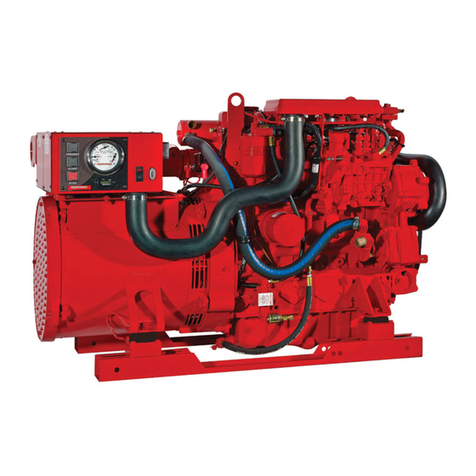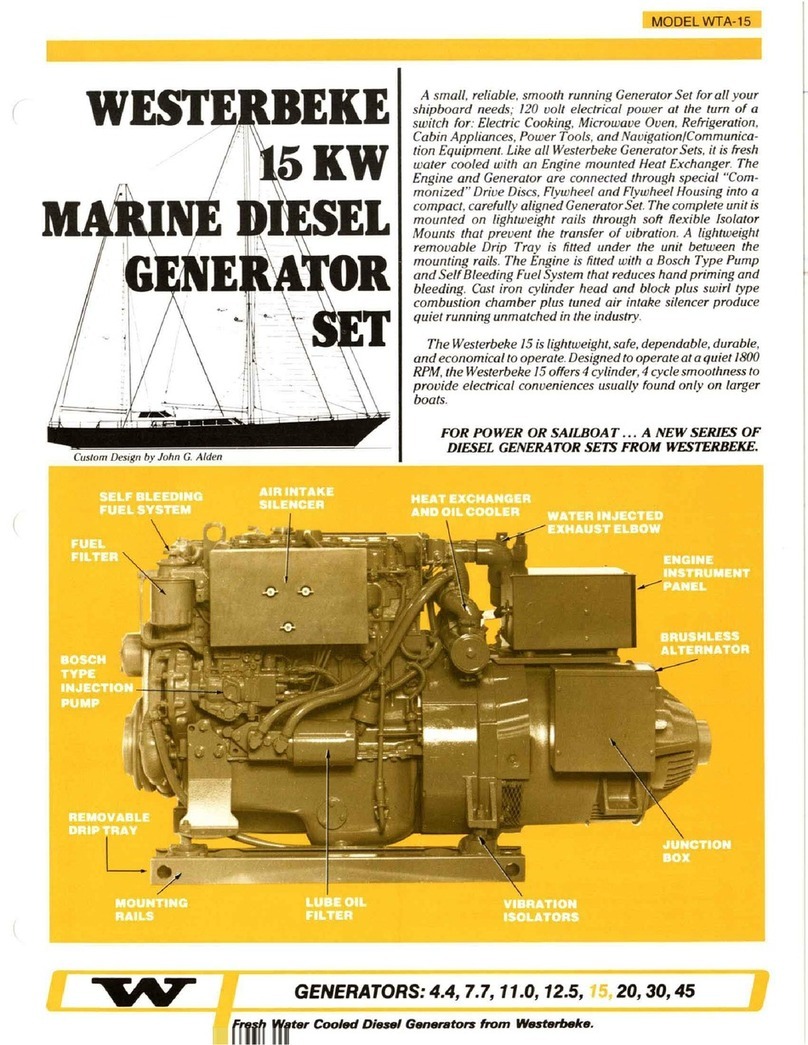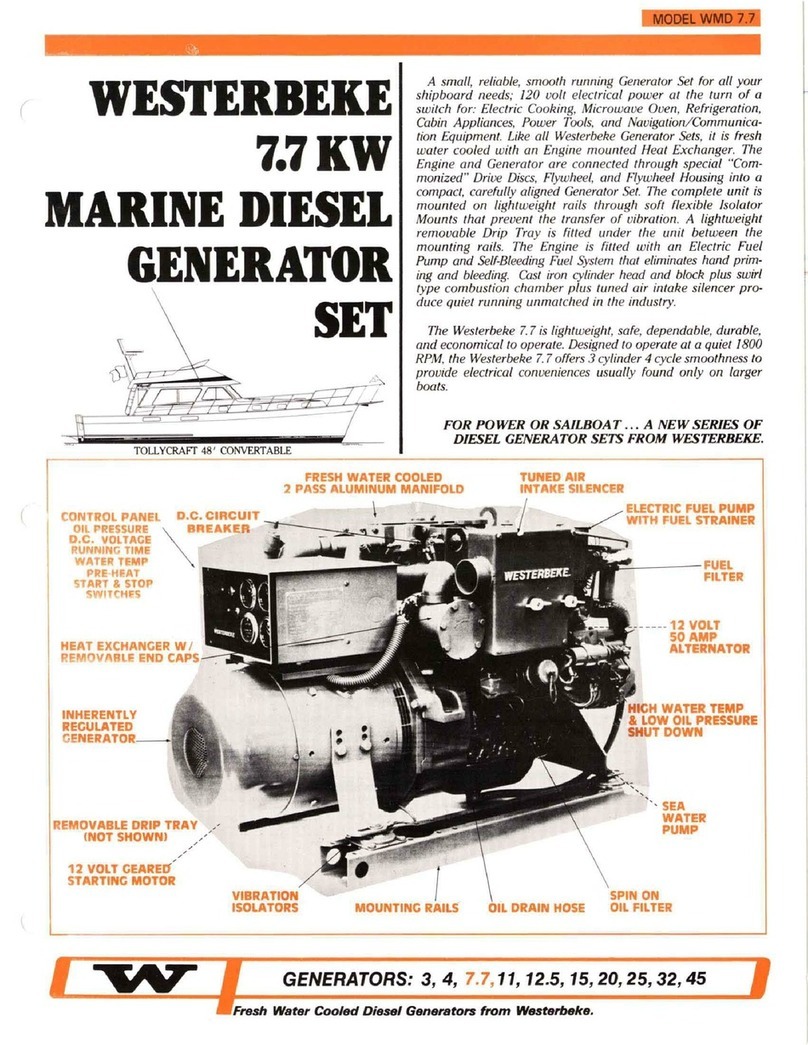Westerbeke 10.0KW-60Hz User manual
Other Westerbeke Inverter manuals

Westerbeke
Westerbeke 10.0KW-60Hz User manual
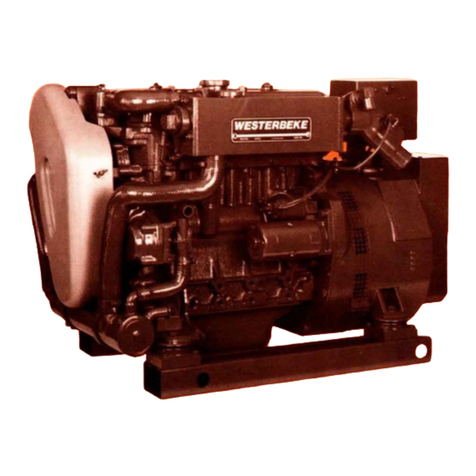
Westerbeke
Westerbeke Series 11 BTD User manual
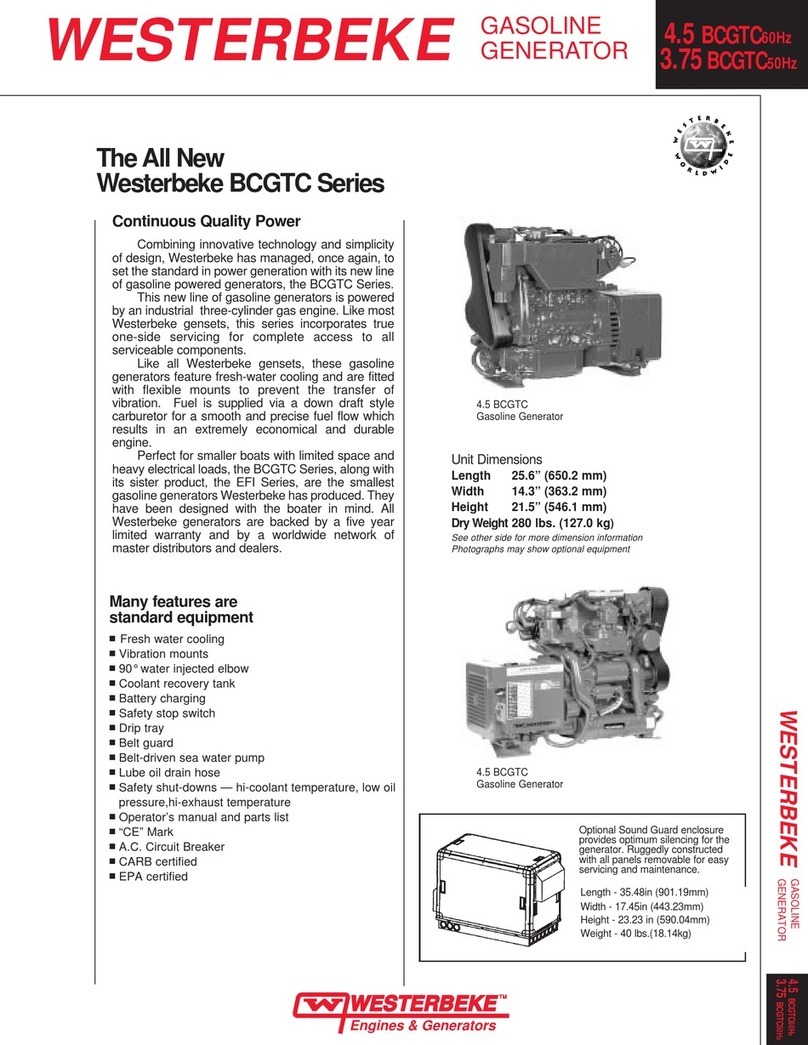
Westerbeke
Westerbeke 4.5 BCGTC User manual
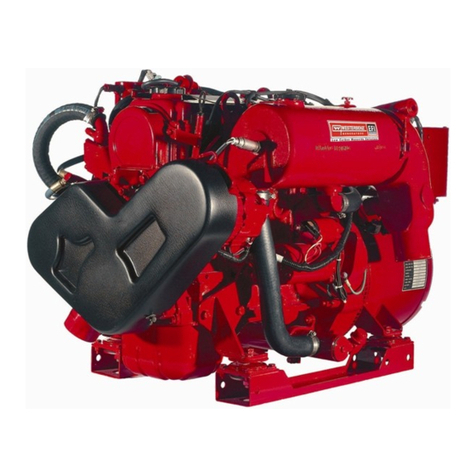
Westerbeke
Westerbeke SBEG Series User manual
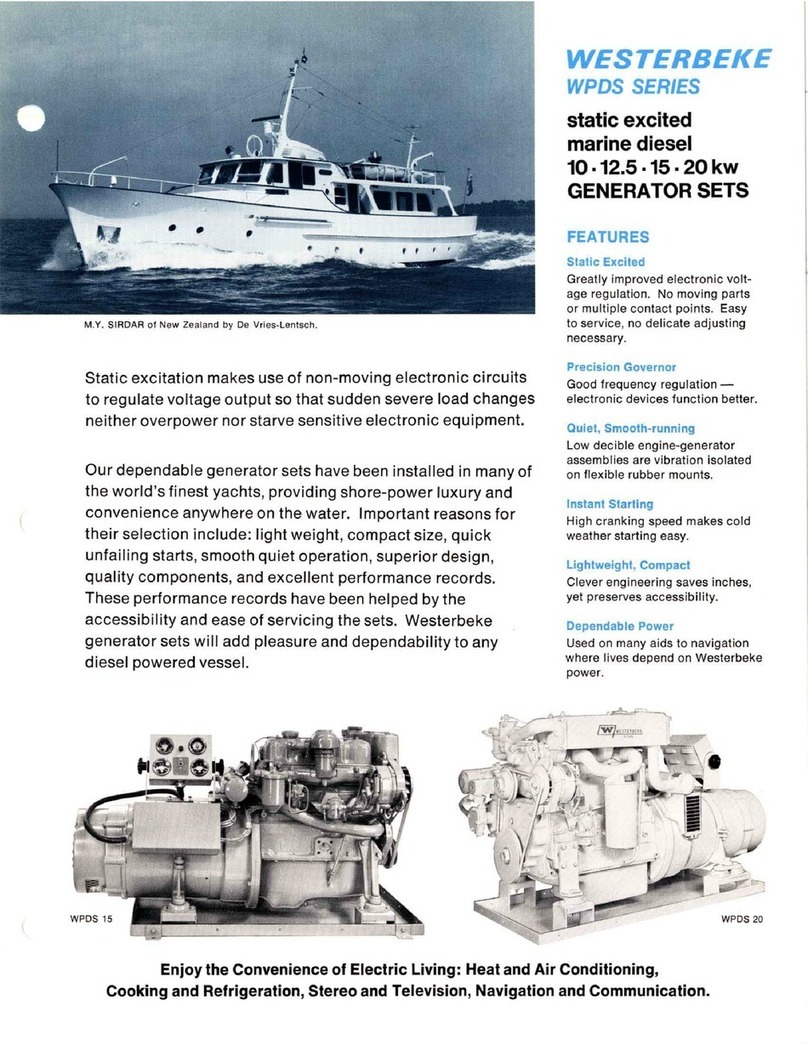
Westerbeke
Westerbeke WPDS SERIES Manual
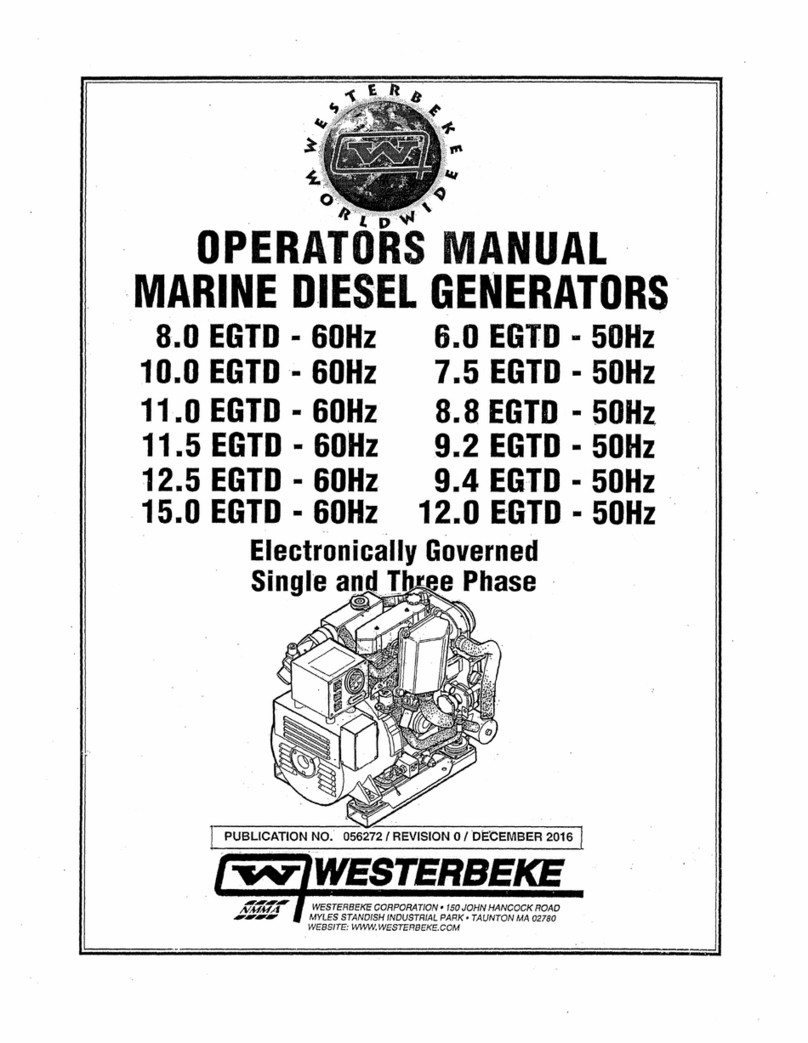
Westerbeke
Westerbeke 10.0 EGTD User manual

Westerbeke
Westerbeke 5.0Kw BCDR User manual
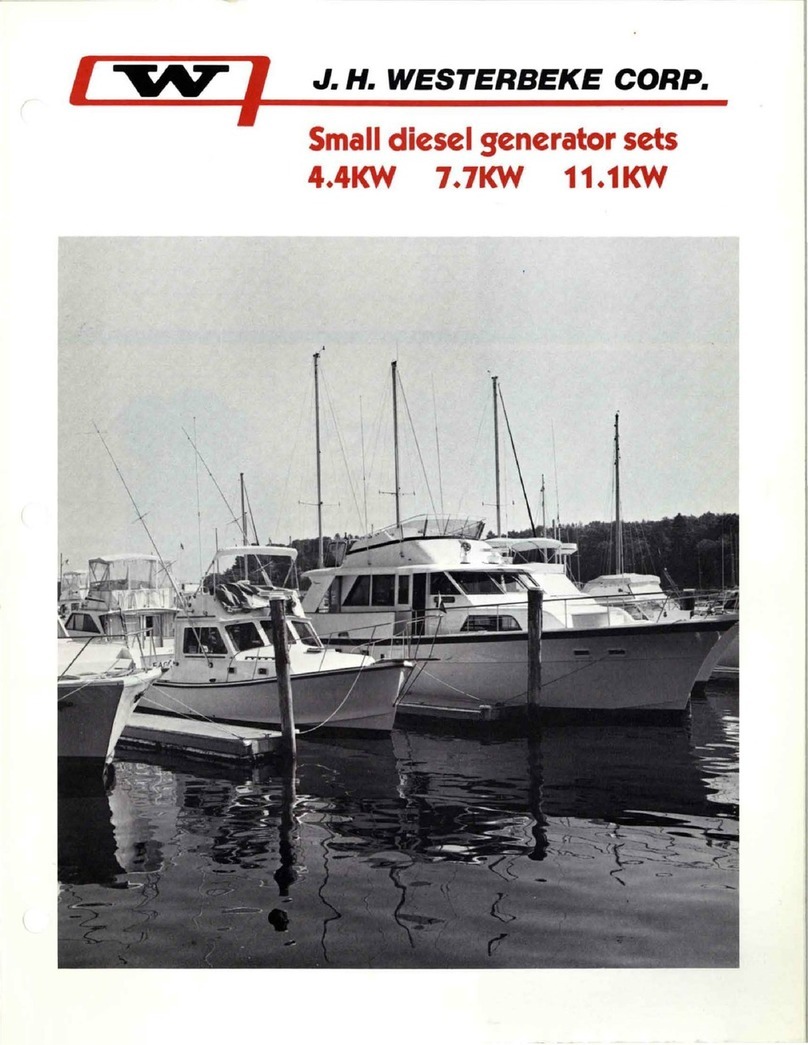
Westerbeke
Westerbeke BCD 4.4KW User manual

Westerbeke
Westerbeke 4KW-7.7KW-11KW-12 5KW User manual

Westerbeke
Westerbeke 4.5 BCGB-614 User manual

Westerbeke
Westerbeke 8.5 BTG User manual
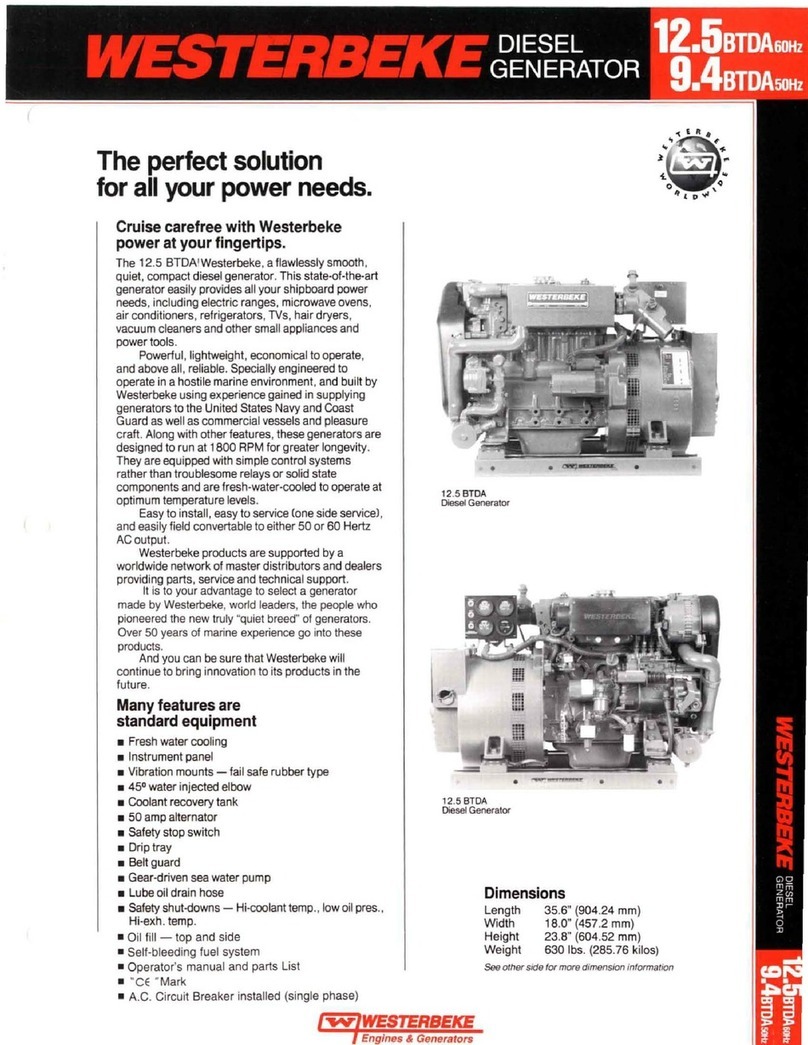
Westerbeke
Westerbeke 12.5 BTDA Manual
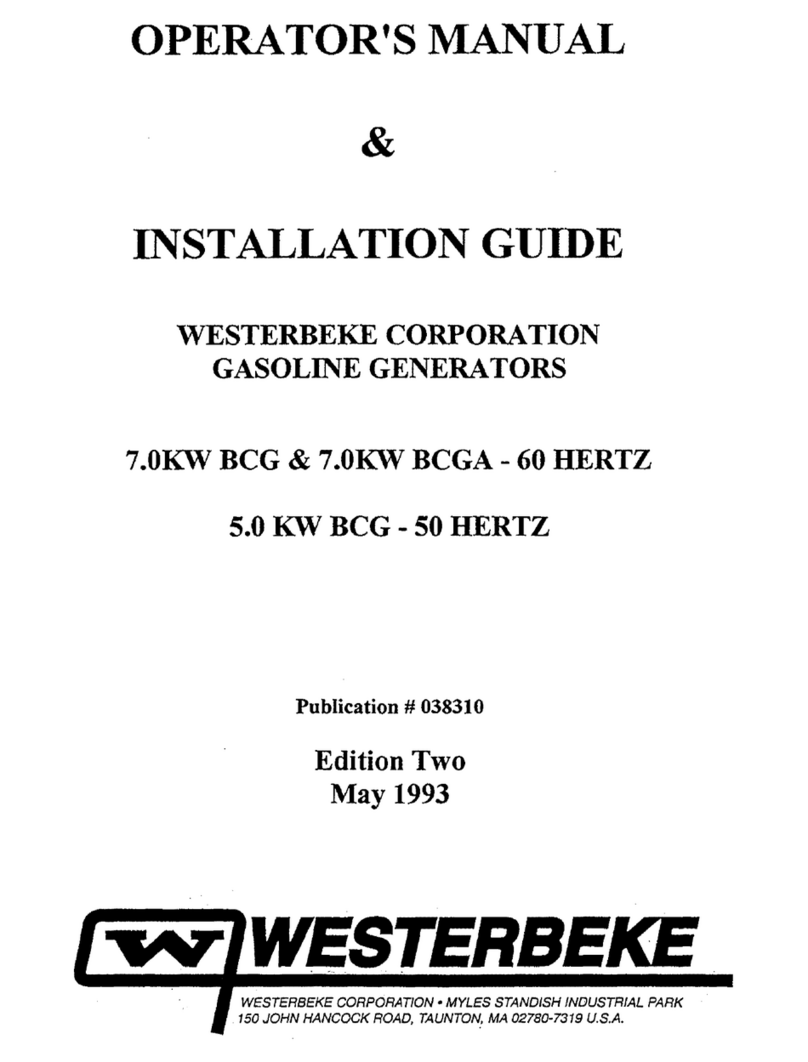
Westerbeke
Westerbeke 7.0KW BCG-60HERTZ User manual
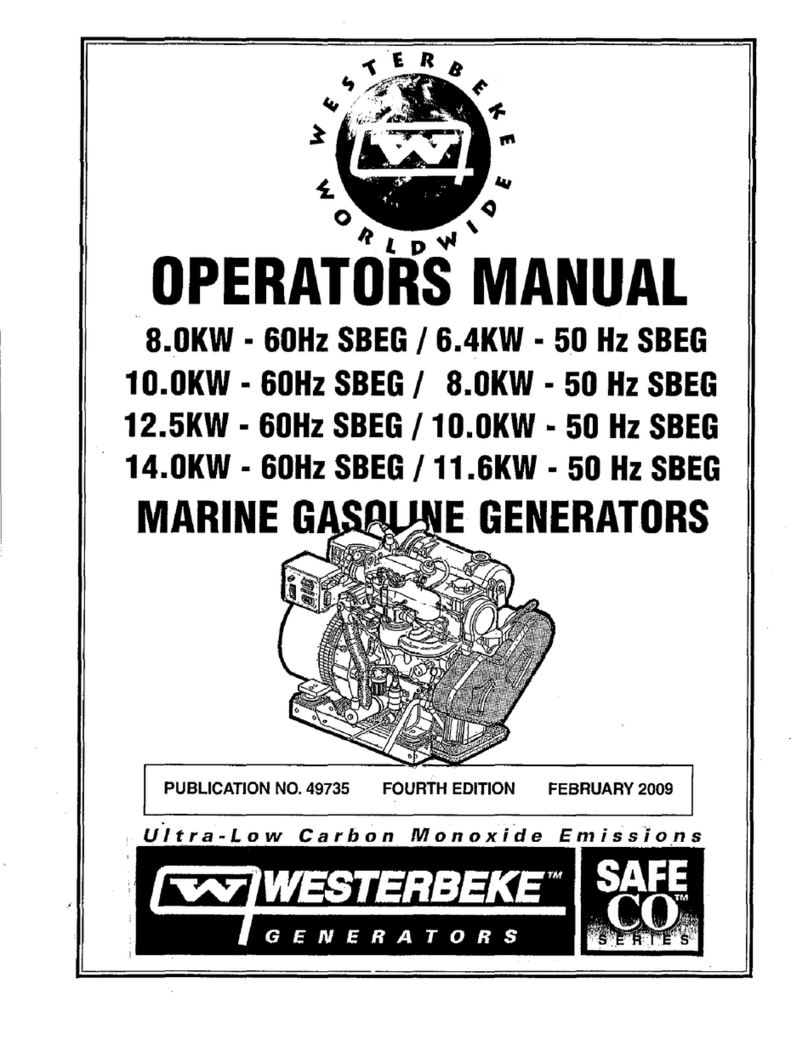
Westerbeke
Westerbeke 6.4 KW-50Hz SBEG User manual
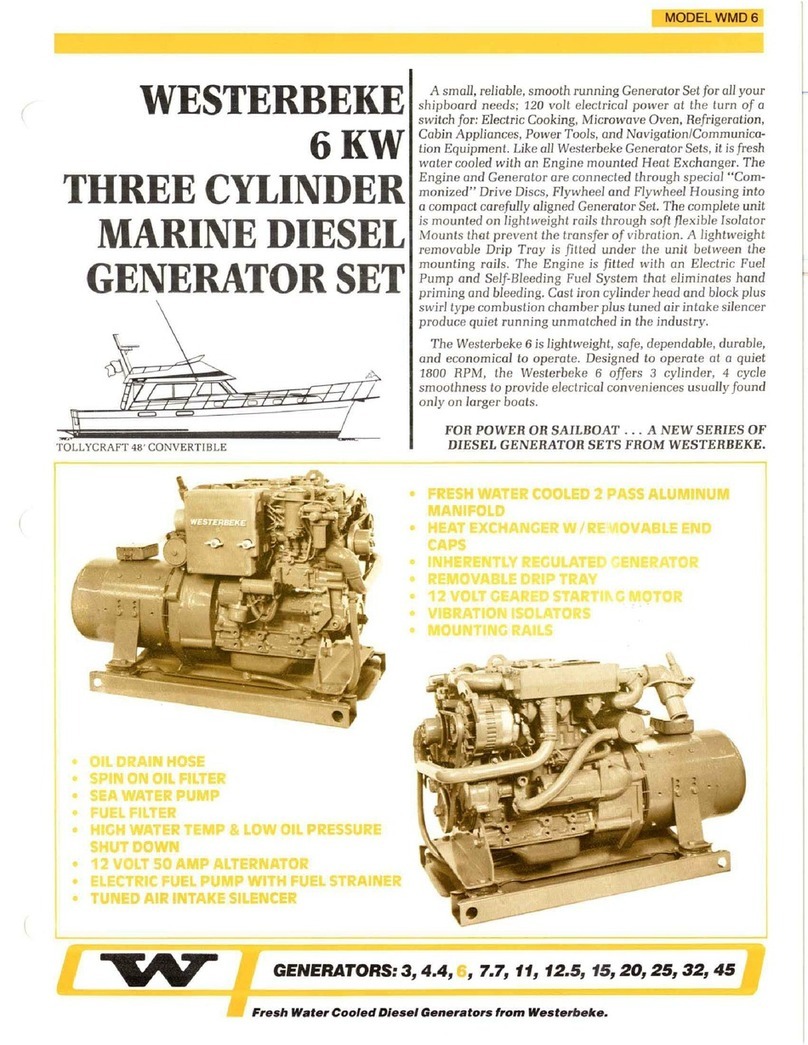
Westerbeke
Westerbeke WMD6 User manual
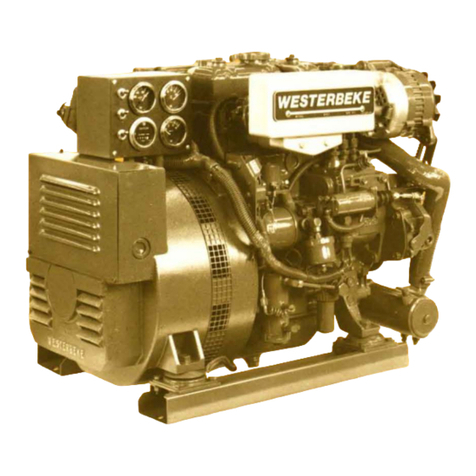
Westerbeke
Westerbeke BT 8 User manual
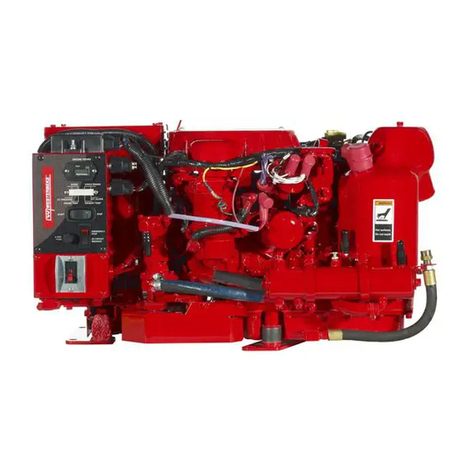
Westerbeke
Westerbeke 3.5 SBCG User manual
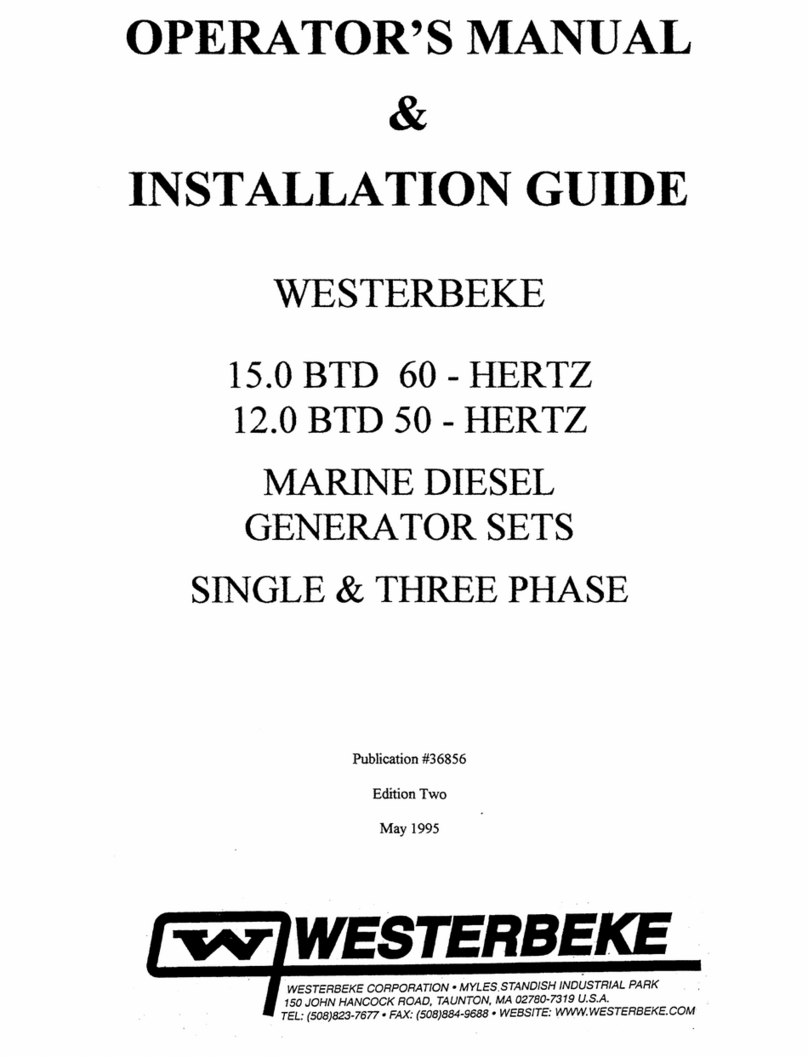
Westerbeke
Westerbeke 15.0BTD60-HERTZ User manual
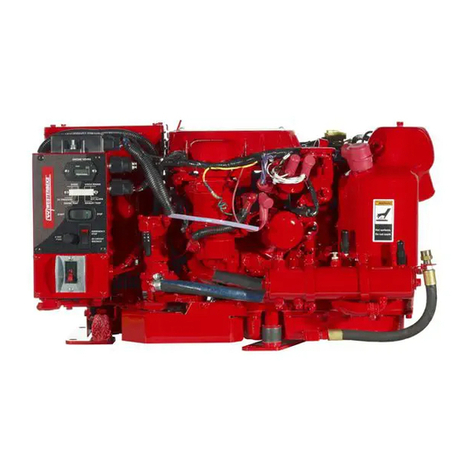
Westerbeke
Westerbeke 3.5KW SBCG-60Hz User manual

Westerbeke
Westerbeke 8 BCDT-614 User manual
Popular Inverter manuals by other brands

BARRON
BARRON EXITRONIX Tucson Micro Series installation instructions

Baumer
Baumer HUBNER TDP 0,2 Series Mounting and operating instructions

electroil
electroil ITTPD11W-RS-BC Operation and Maintenance Handbook

Silicon Solar
Silicon Solar TPS555-1230 instruction manual

Mission Critical
Mission Critical Xantrex Freedom SW-RVC owner's guide

HP
HP 3312A Operating and service manual
